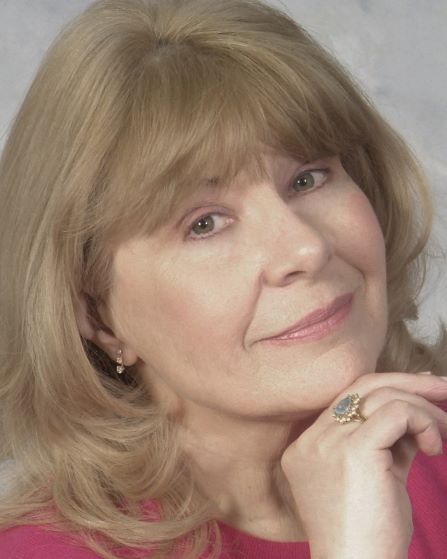It’s only February and the diet ad blitz for the perfect beach body has begun. They go hand-in-hand with the new and improved exercise programs. Everything from weight loss companies to exercises guaranteed to give you the ‘body you always wanted’ appear in the media. Never mind that we’re still in the throes of a pandemic, we’re being told that we should only be concerned with having the perfect body or as near an approximation of one as possible.
The interesting thing about weight loss programs themselves is the fact that, even in a struggling economy, they generate a multi-billion dollar industry annually. You read that correctly—a multi-billion dollars a year industry. How’s that for a recession proof business?
Before handing over your hard-earned money to a depersonalized business, ask yourself this question: Do you like your body or are you forever trying to undue what nature gave you in your pursuit of the ‘perfect form’?
There is a great deal of pressure put on women to fit an abnormal ideal of what the female form should look like to be “appealing.” And believe it or not, it isn’t just in 2021 that women will suffer to be considered beautiful.
What women will do today, and have done in the past, to achieve the so-called ideal image is incredible. Let’s take a walk through fashion history in the search for the perfect form.
In Victorian times women wore corsets or cages made of whale-bone, that were designed to achieve the perfect figure—a miniscule waist which emphasized the fuller top and bottom. Women damaged their bodies in the rib area by the constant and painful pressure of these cages. Even pregnant women had no reprieve from the corset and endangered their health by wearing these devices of torture. The marks left by the corset were permanent.
Besides mercilessly holding you in, the corset restricted activity and breathing. No wonder fainting was popular among the delicate sex of that era. Just walking from one room to another made you breathless and tired!
The Edwardian age of the early 1900’s kept a form of the torturous corset, adding a large metal bubble called a bustle. While a woman’s stomach was to be as ‘flat as a pressing board’, the rear was enlarged by means of a bustle. The chest was still large and made to look even larger by the addition of drapes of lace.
Fast forward to the 1920’s and the feminine ideal was the flapper who was supposed to have no noticeable curves! Many healthy women with normal curves would bind their unruly bosom close to their bodies to achieve the lean boyish look that was fashionable.
The ’30’s, ‘40’s, and ‘50’s brought back the fuller normal figure that most women had but still had uncomfortable garments to hold everything in.
The ‘60’s? Let’s just say it was a throwback of sorts to the flapper era—this time it was Twiggy and starvation. No curves anywhere. Looking like an adolescent boy was the perfect bikini body of that time.
In the decade of the nineties the lollipop look was popular. This was an unnaturally thin body with a large head of hair. Some people called it the head on a stick look.
We’d like to think that we’ve gotten far from following silly fashion and the latest fad diets but if that were the case then eating disorders wouldn’t be on the rise and weight loss groups would be out of business.
The healthiest, most perfect body is one that is taken care of through proper nutrition and healthy exercise. If you take care of yourself, who’s to say that your body isn’t the ideal?
Be smart, be healthy.
© copyright 2021 Kristen Houghton all rights reserved


